-
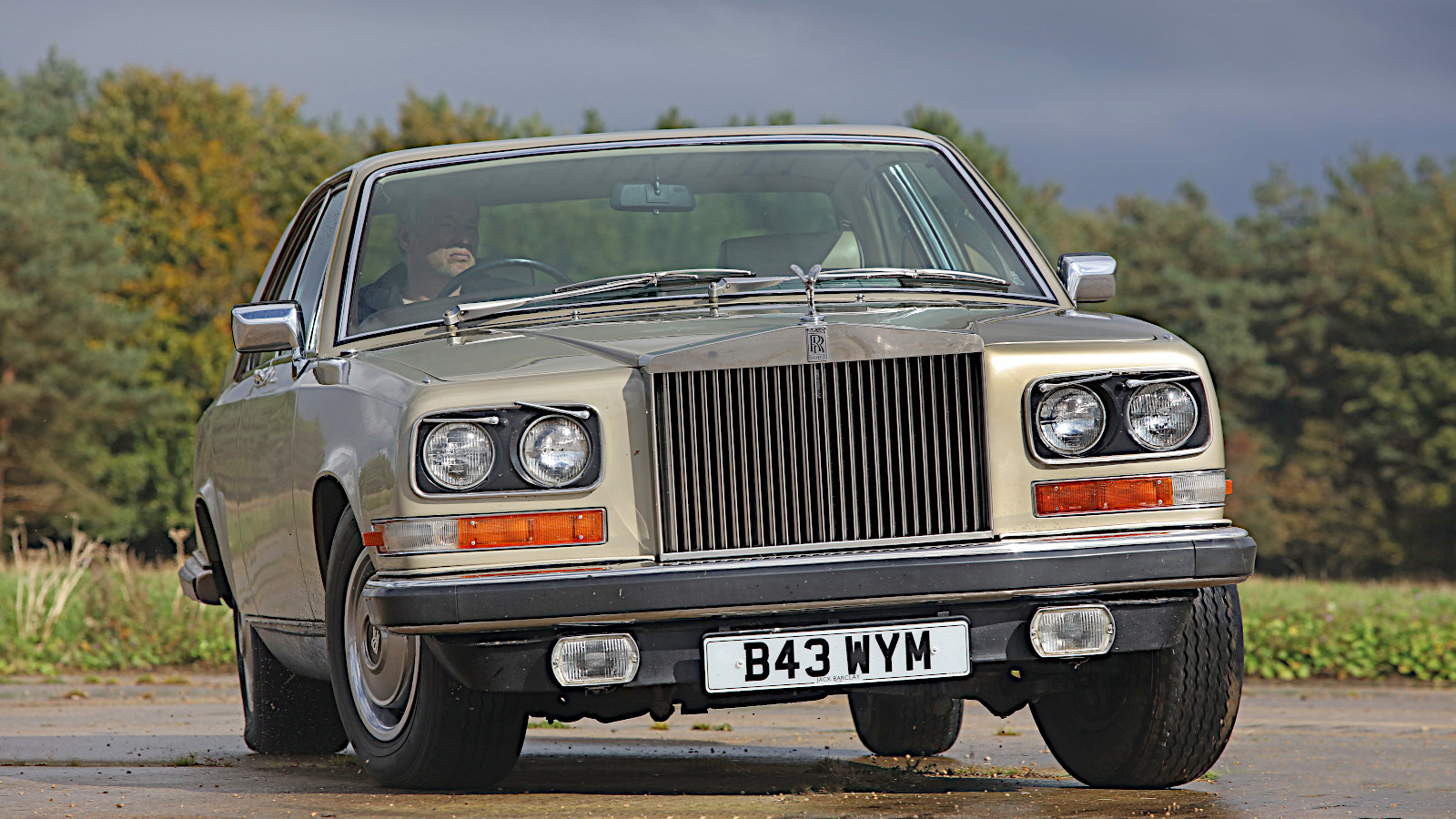 © James Mann/Classic & Sports Car
© James Mann/Classic & Sports Car -
 © Redsimon/Creative Commons licence https://creativecommons.org/licenses/by/2.5/legalcode
© Redsimon/Creative Commons licence https://creativecommons.org/licenses/by/2.5/legalcode -
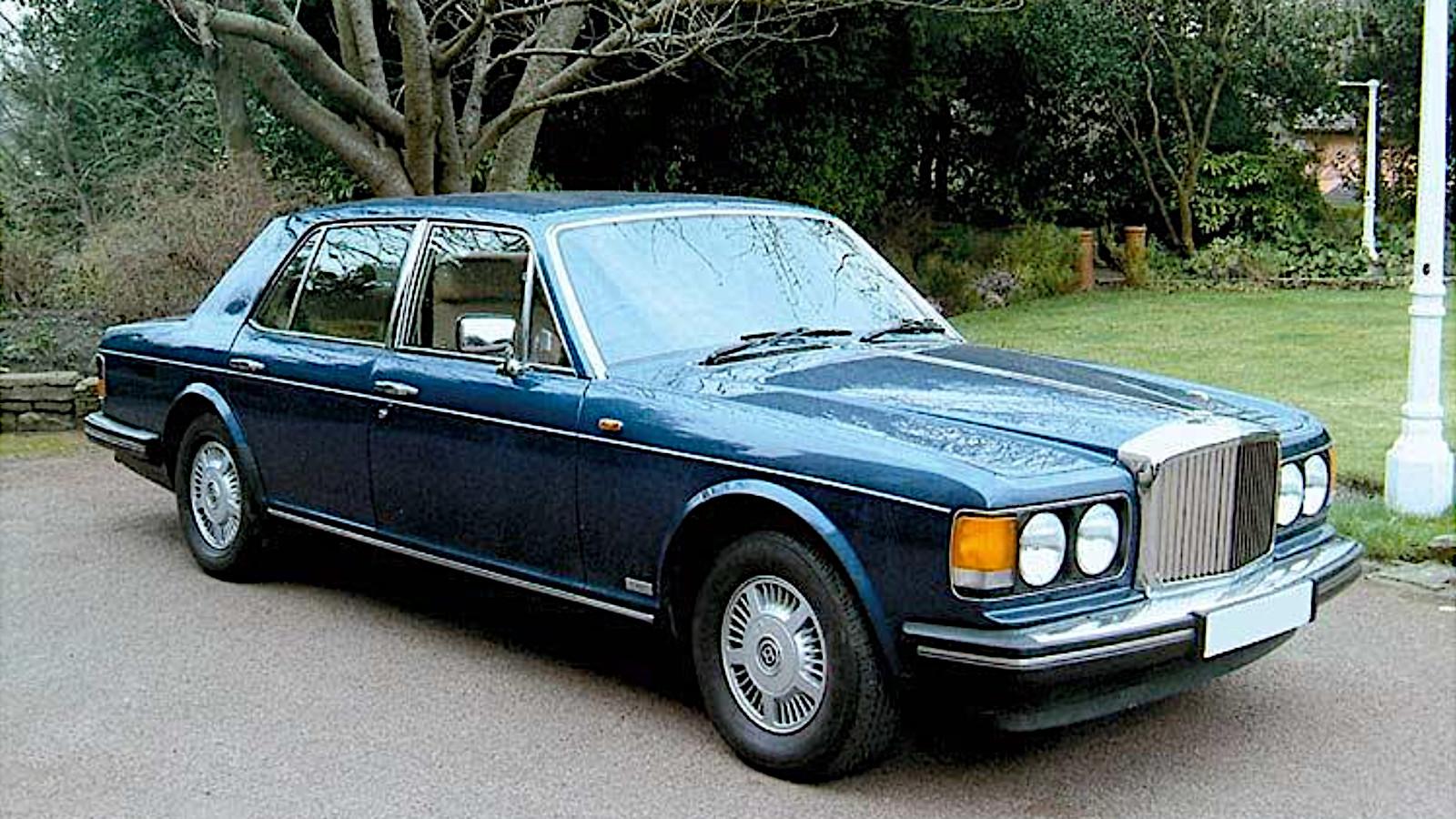 © Jagvar/Public domain
© Jagvar/Public domain -
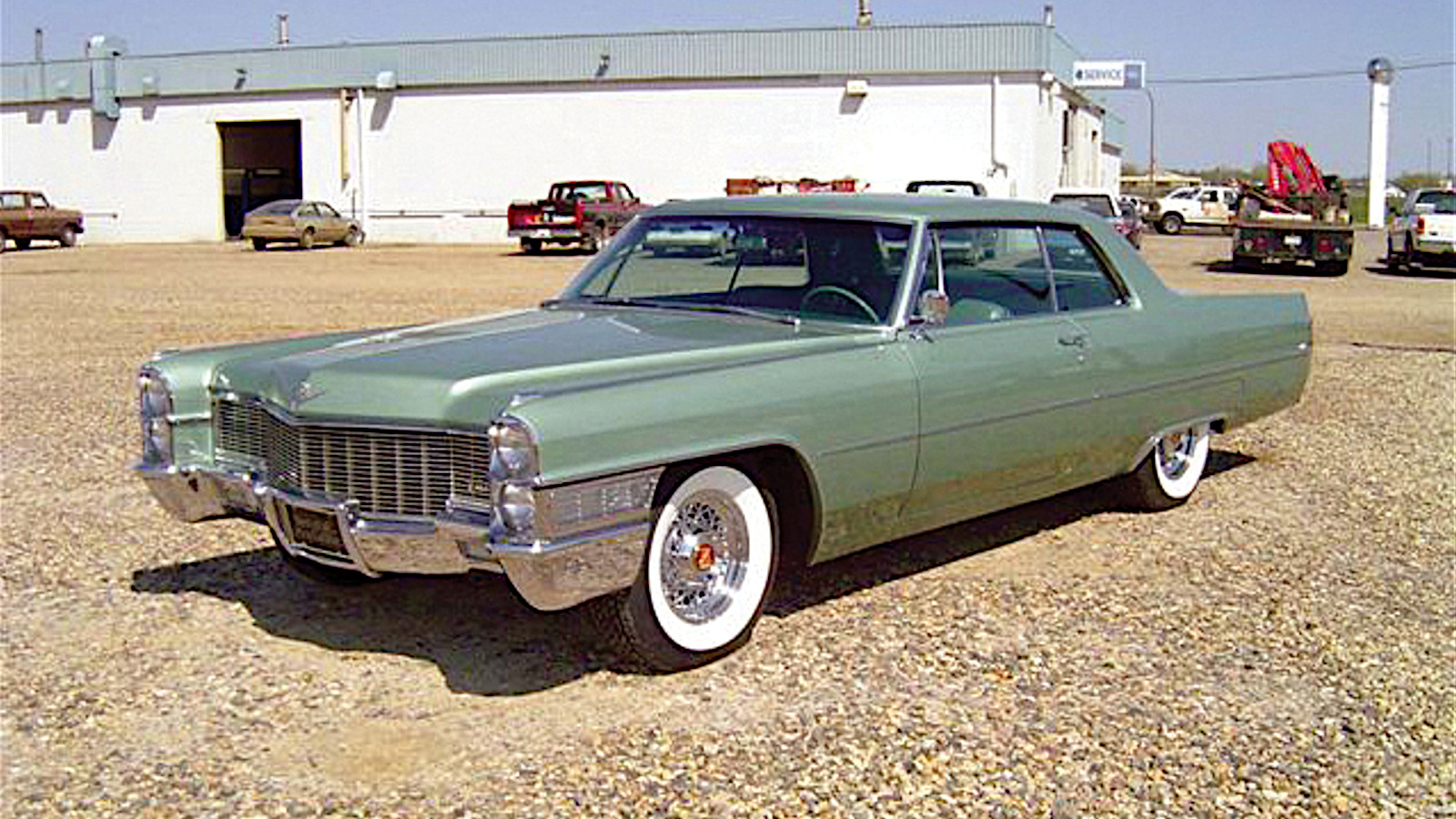 © RM Sotheby’s
© RM Sotheby’s -
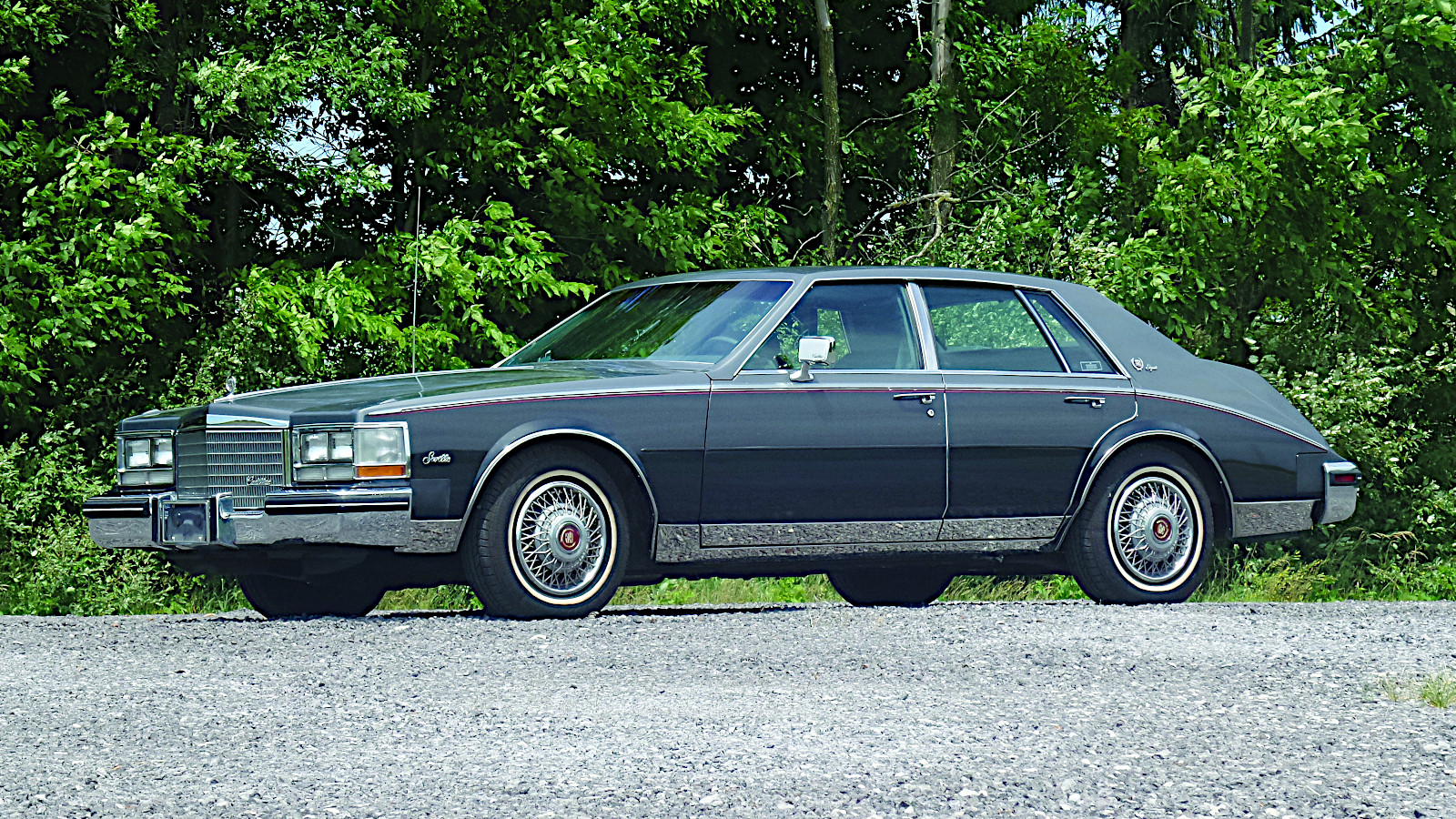 © RM Sotheby’s
© RM Sotheby’s -
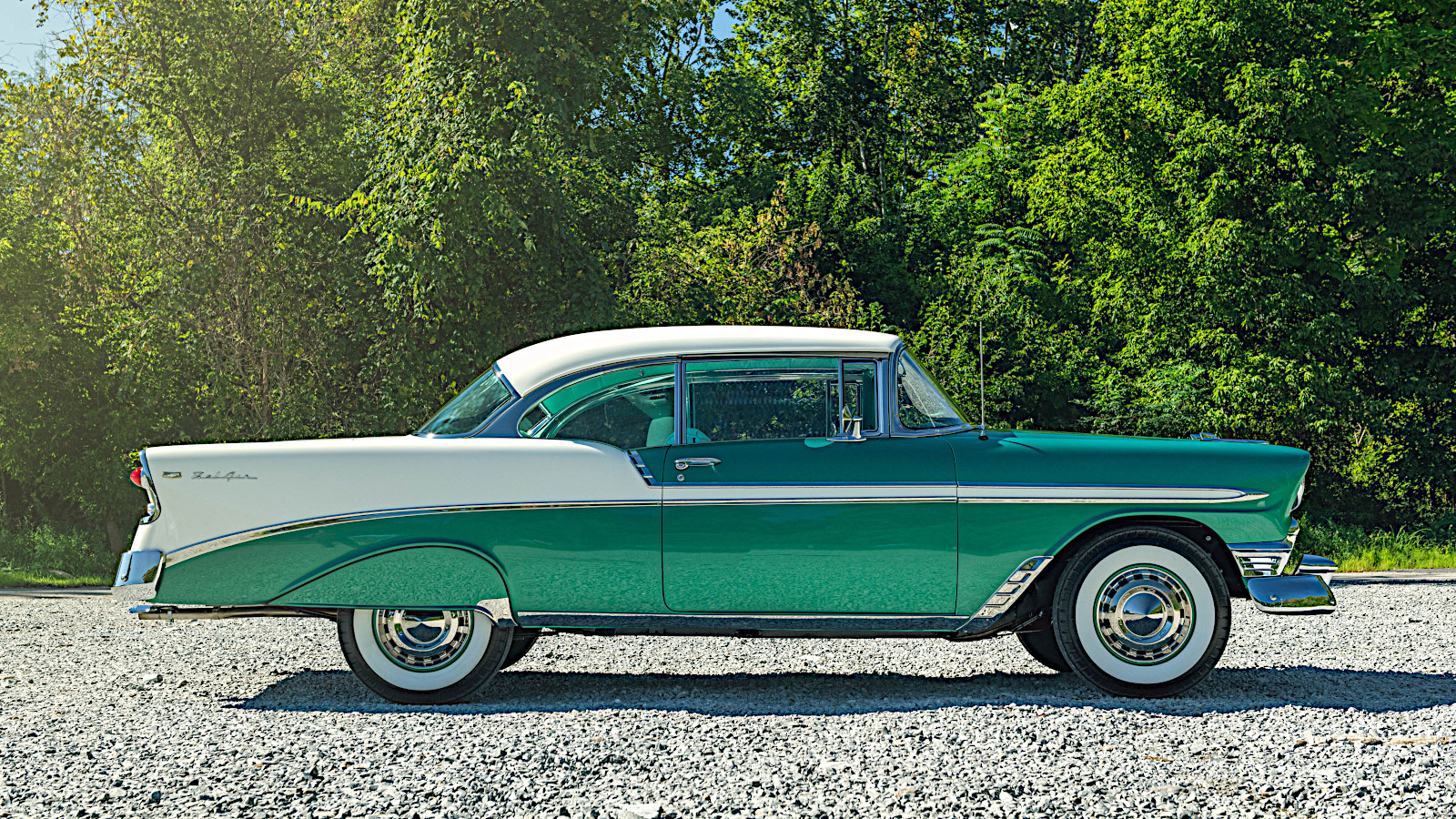 © Avery Peechatka/RM Sotheby’s
© Avery Peechatka/RM Sotheby’s -
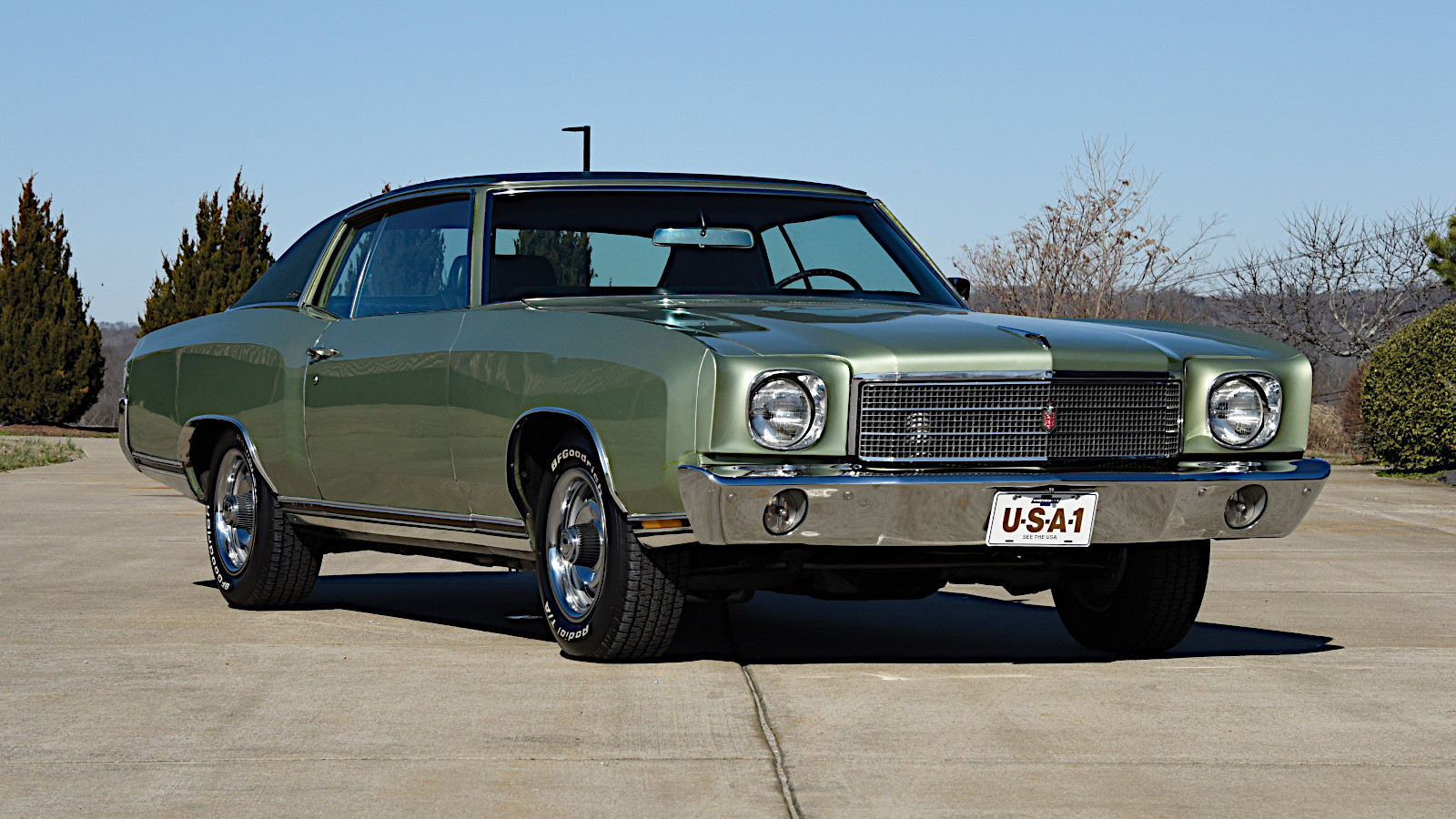 © Thatcher Keast/RM Auctions
© Thatcher Keast/RM Auctions -
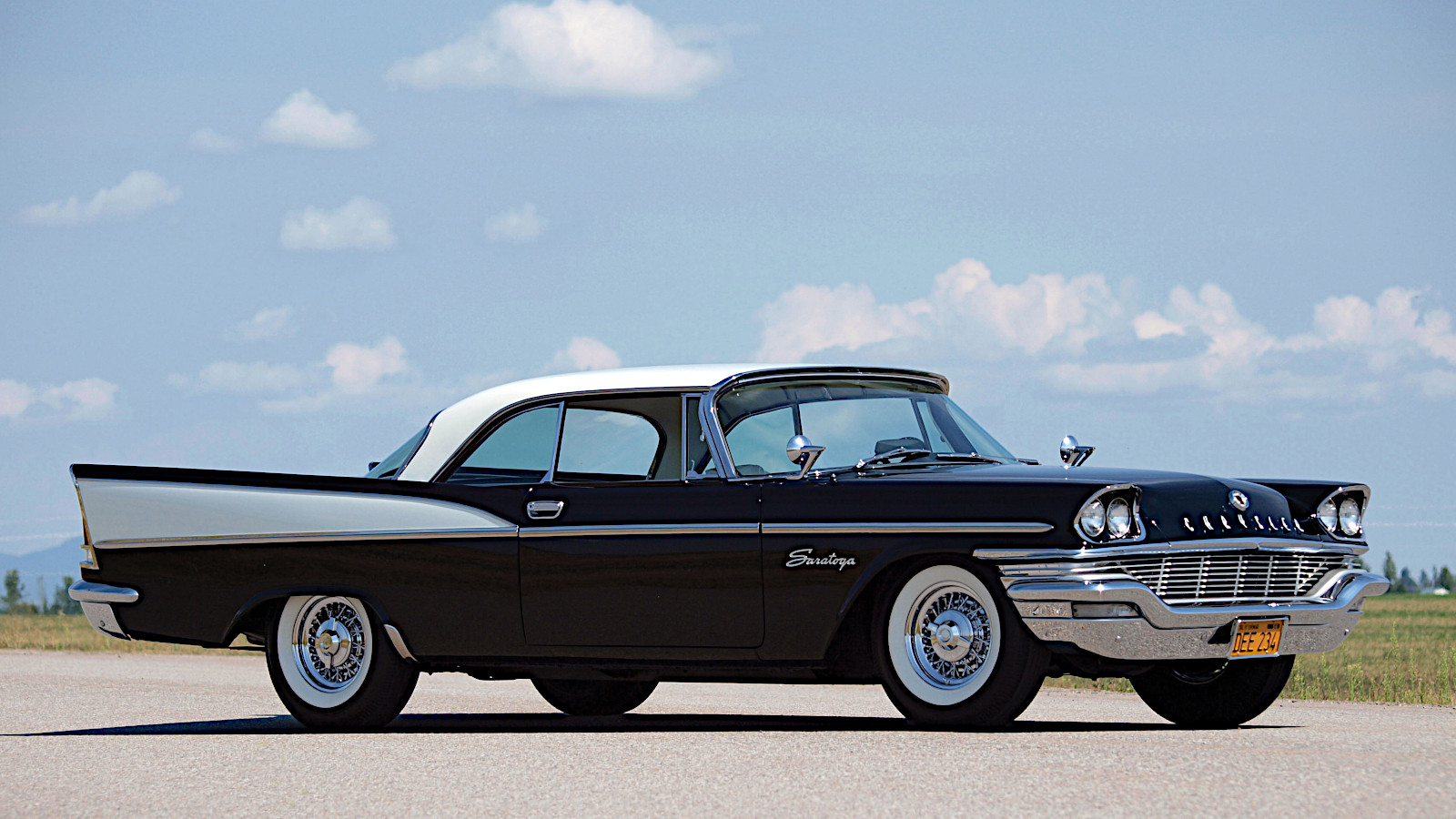 © RM Sotheby’s
© RM Sotheby’s -
 © Stellantis
© Stellantis -
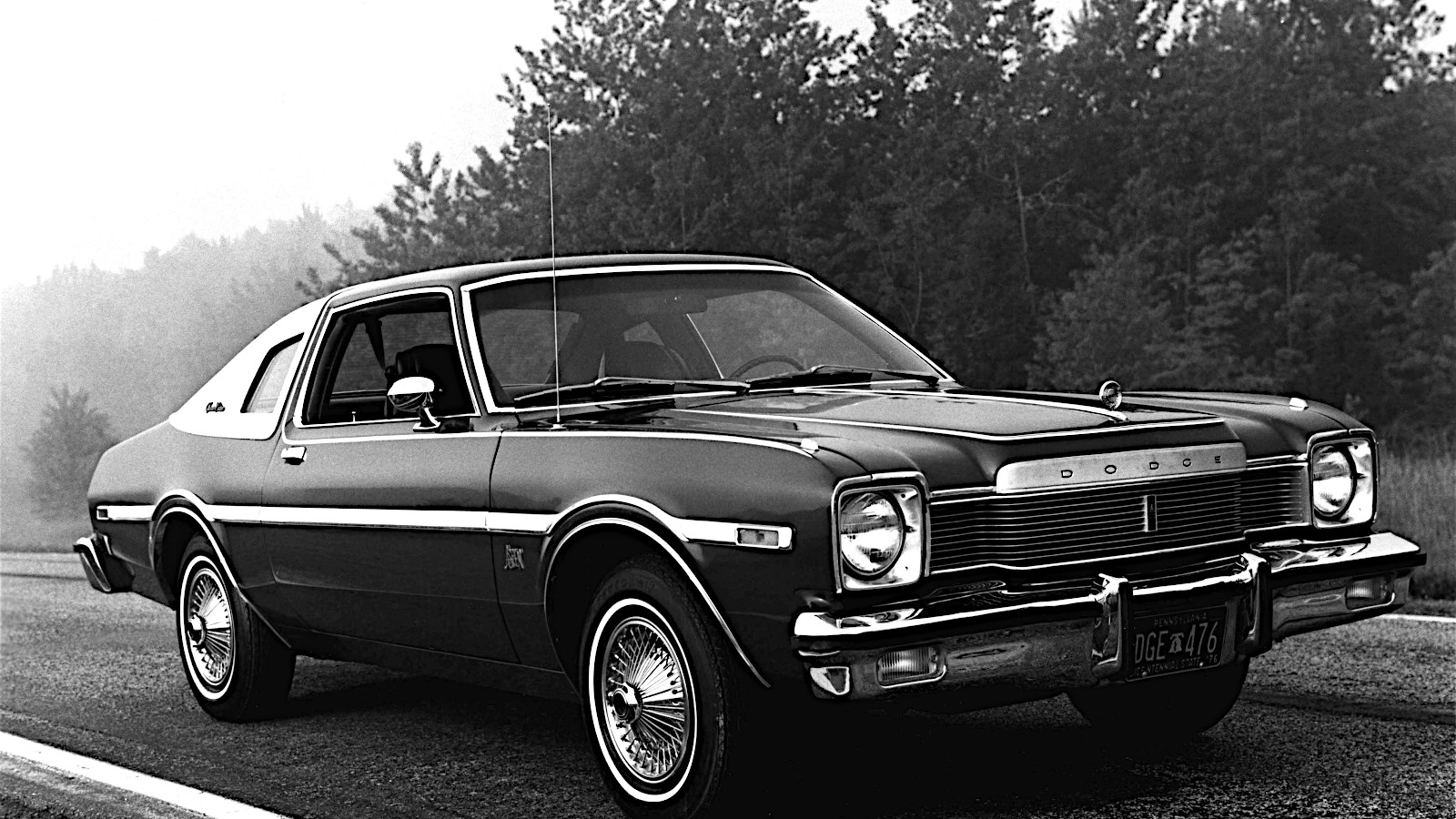 © Stellantis
© Stellantis -
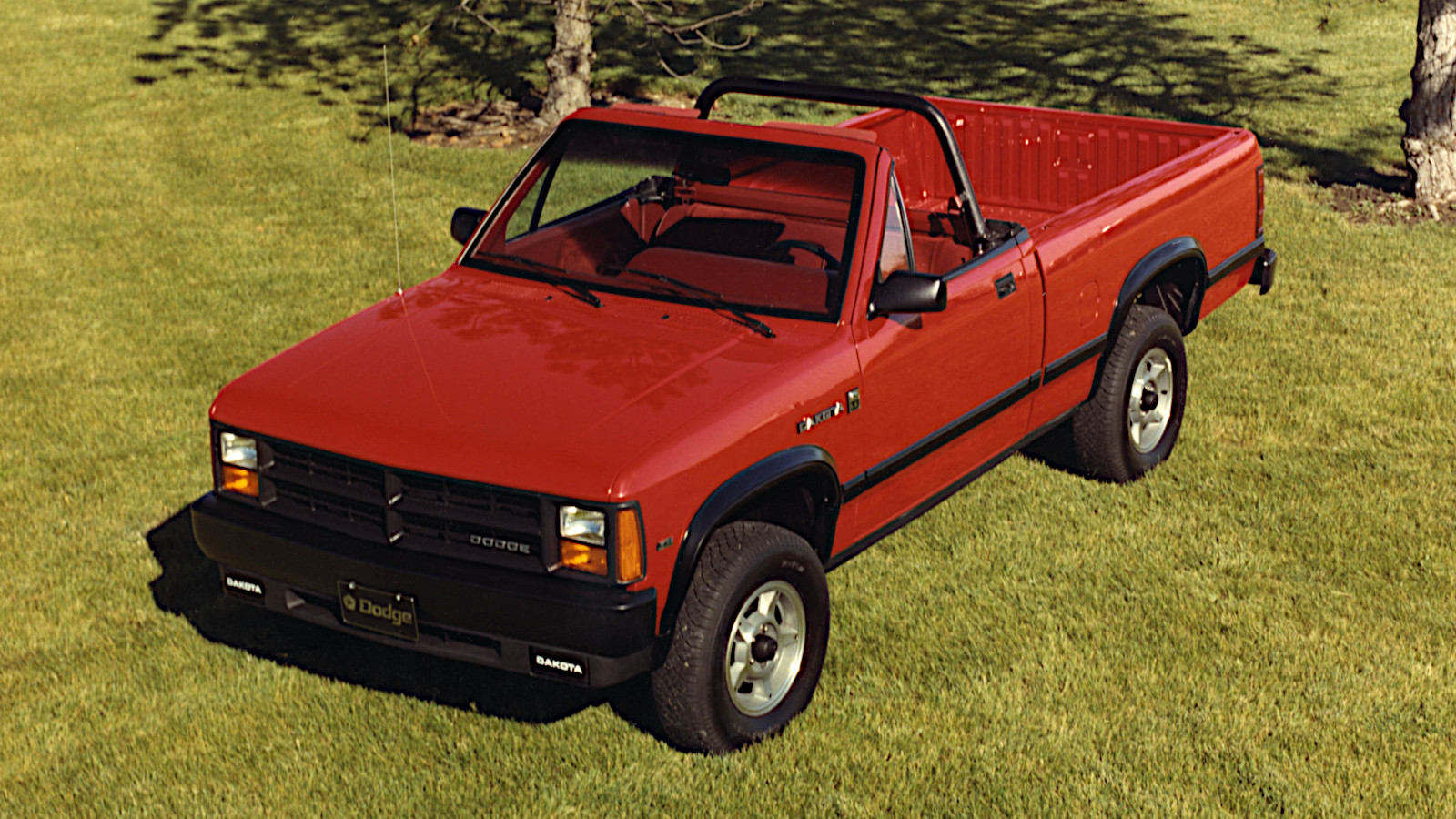 © Stellantis
© Stellantis -
 © Ford
© Ford -
 © RM Sotheby’s
© RM Sotheby’s -
 © GM
© GM -
 © RM Sotheby’s
© RM Sotheby’s -
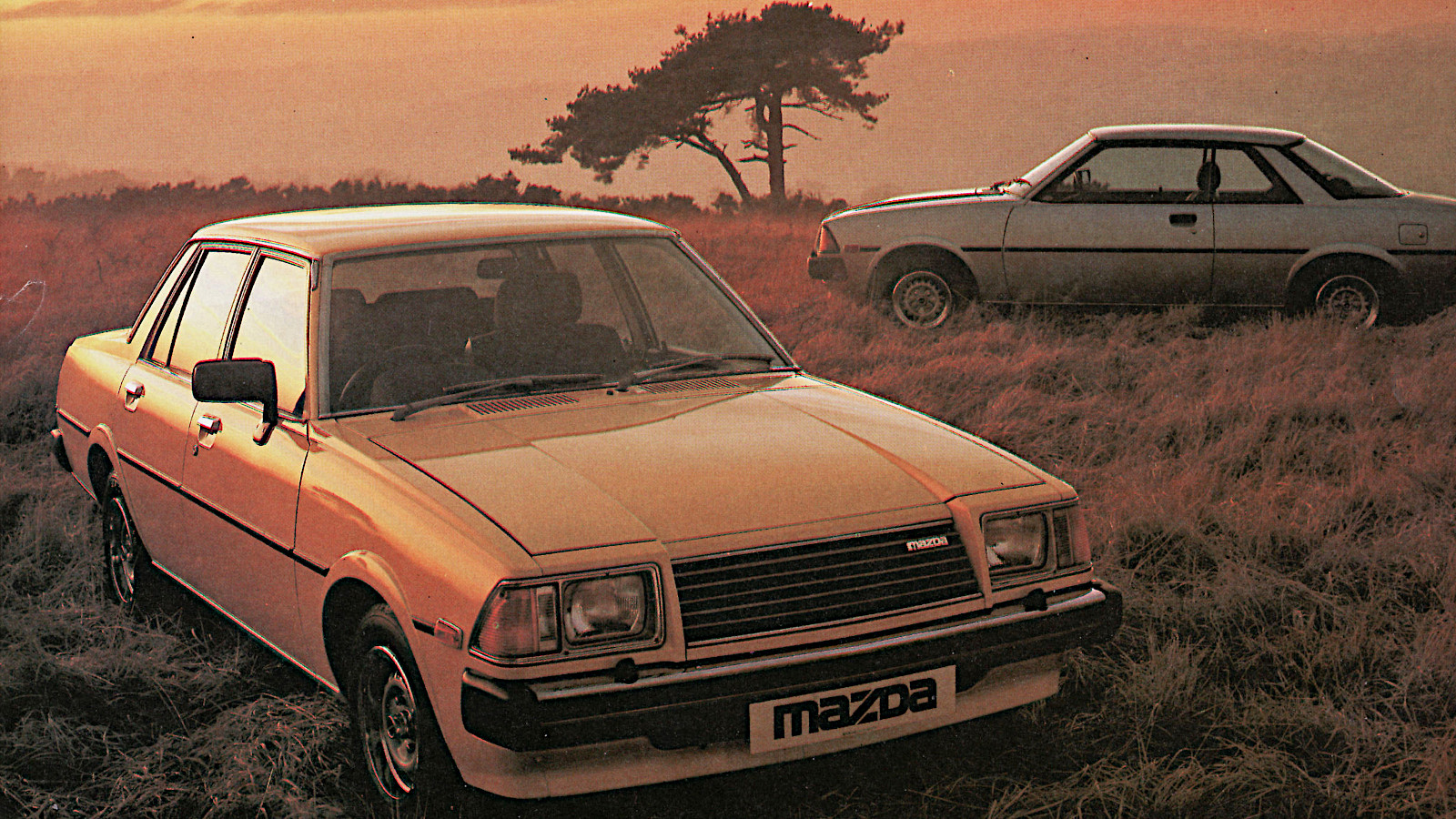 © Mazda
© Mazda -
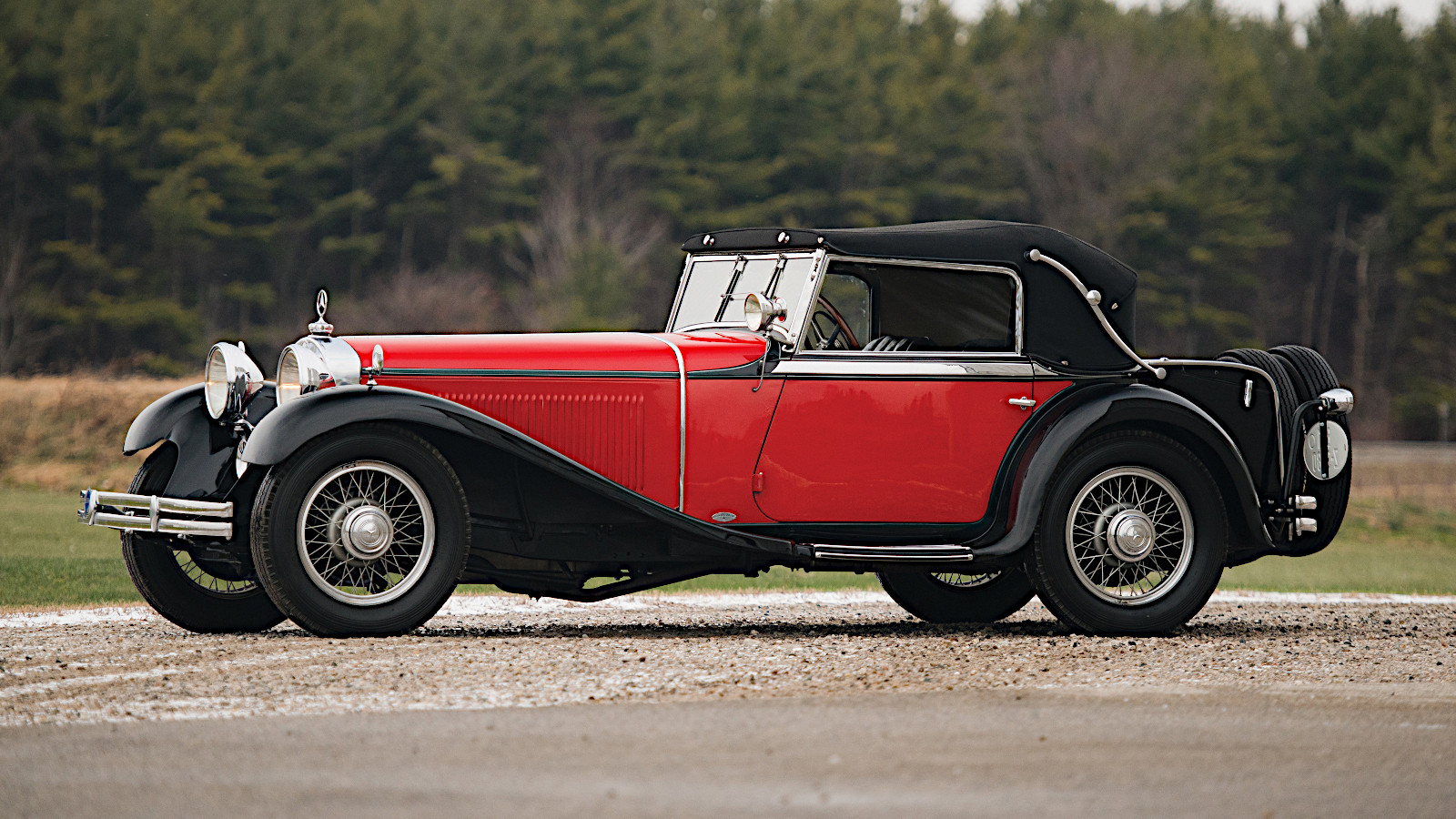 © Darin Schnabel/RM Sotheby’s
© Darin Schnabel/RM Sotheby’s -
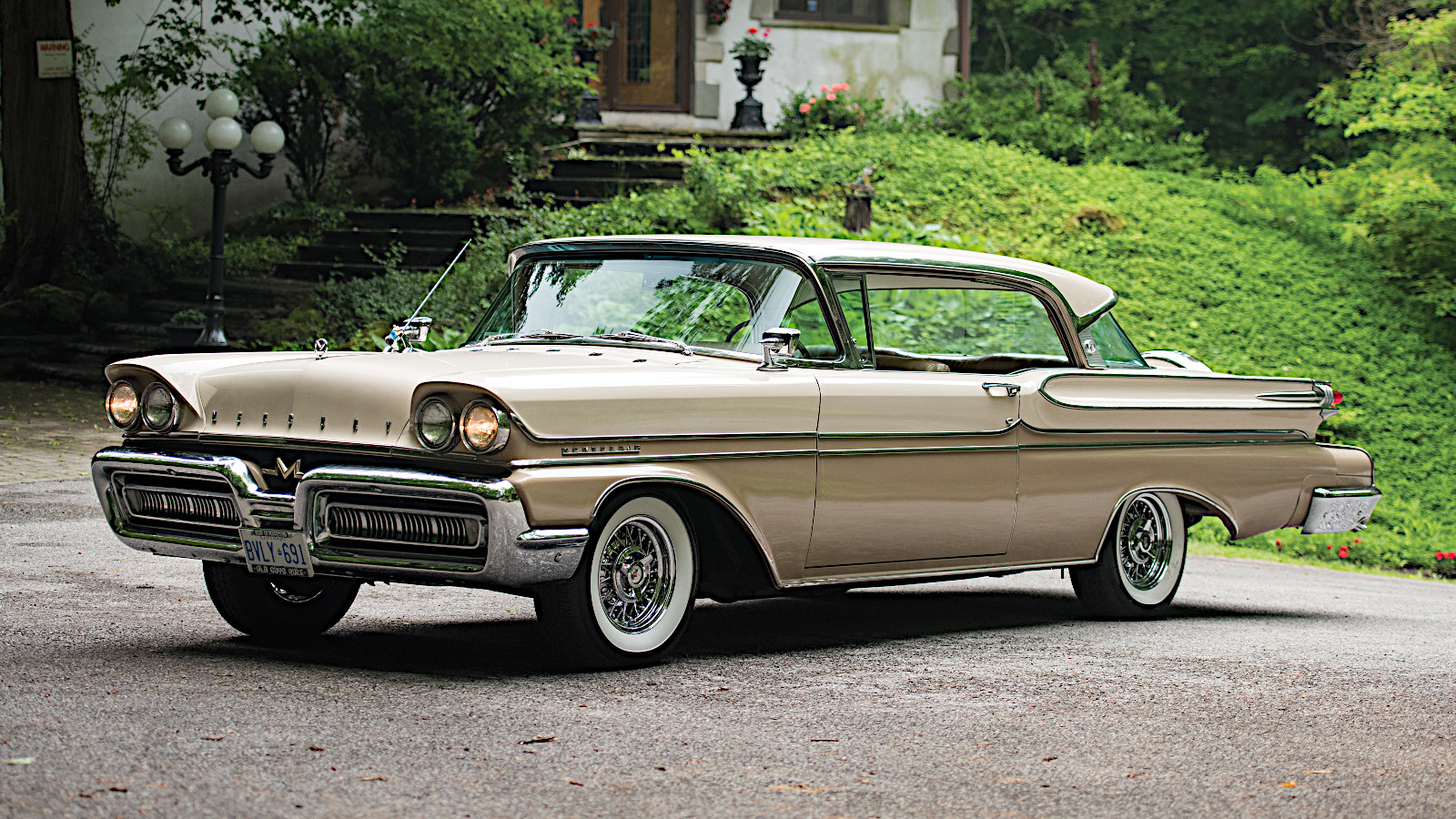 © Darin Schnabel/RM Sotheby’s
© Darin Schnabel/RM Sotheby’s -
 © Charles01/Creative Commons licence https://creativecommons.org/licenses/by-sa/3.0/legalcode
© Charles01/Creative Commons licence https://creativecommons.org/licenses/by-sa/3.0/legalcode -
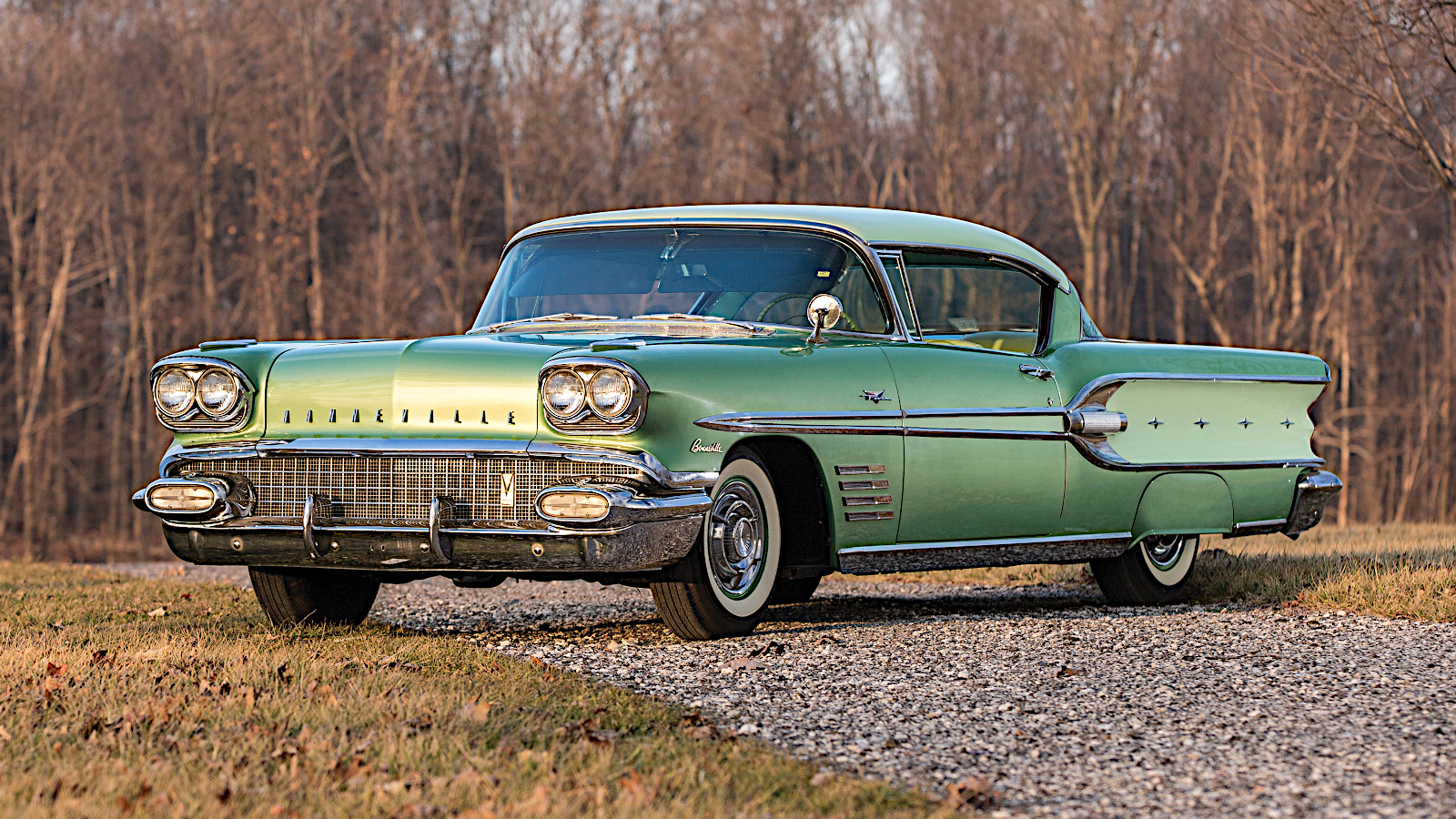 © Teddy Pieper/RM Auctions
© Teddy Pieper/RM Auctions -
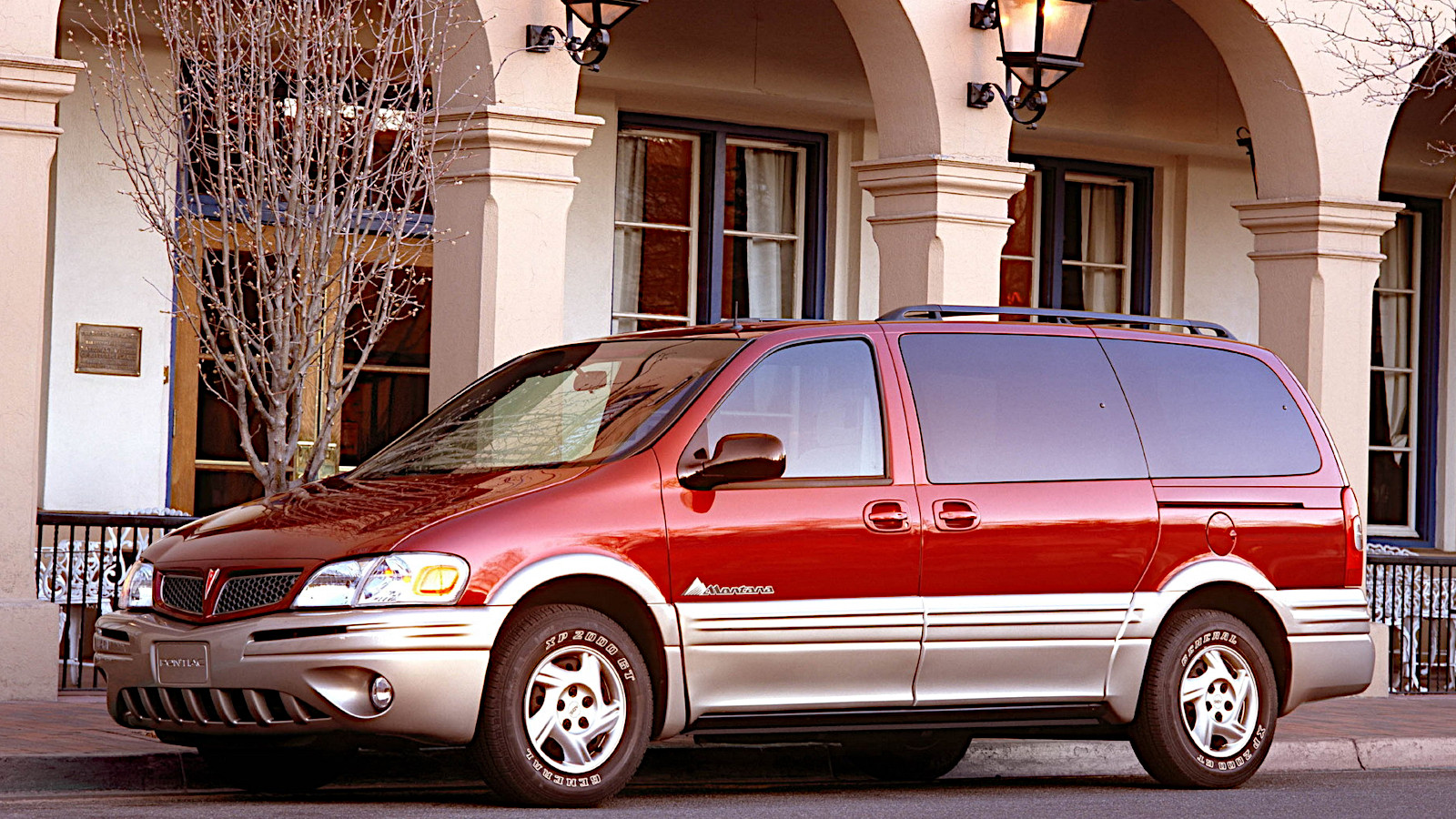 © GM
© GM -
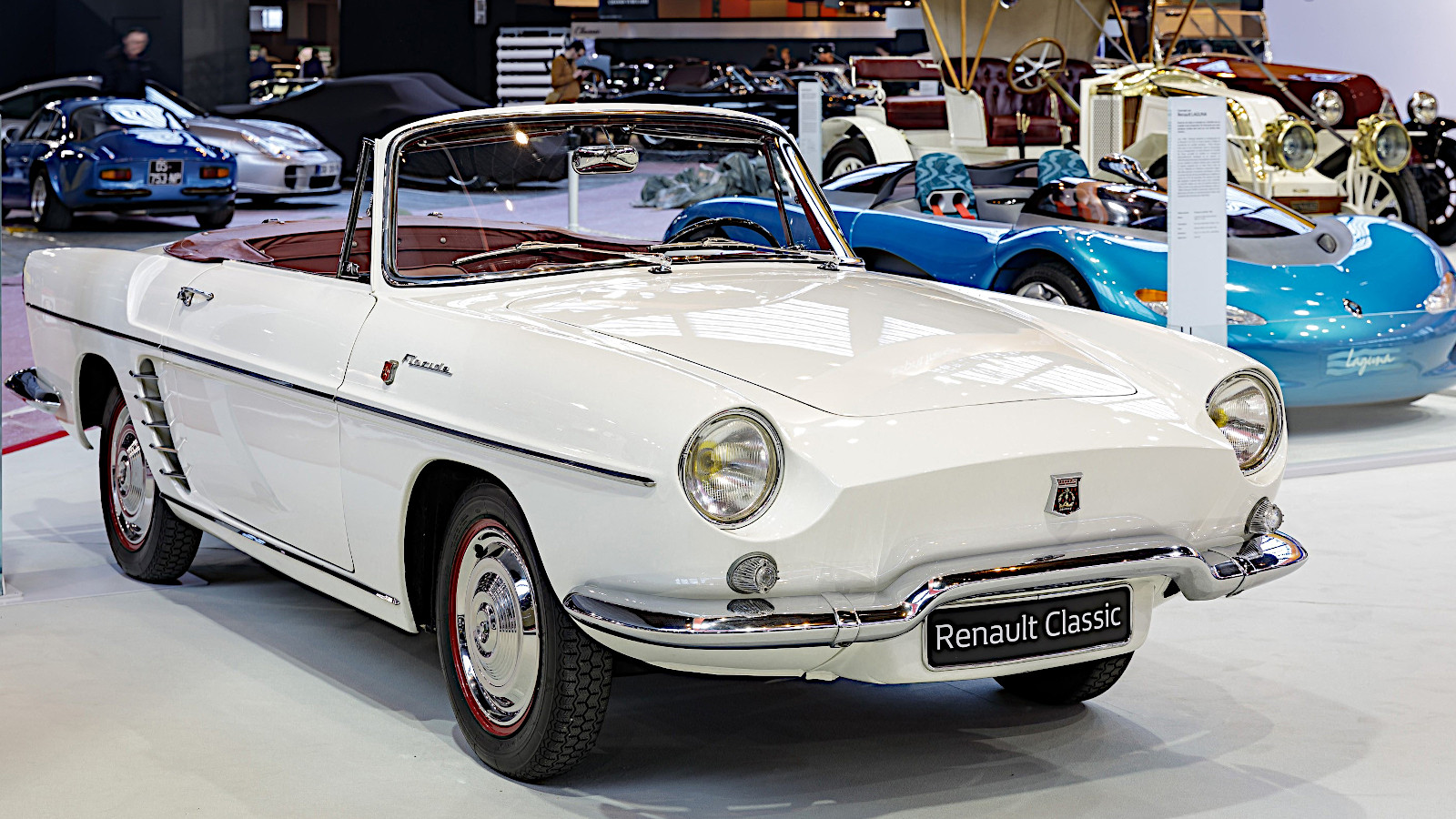 © Renault
© Renault -
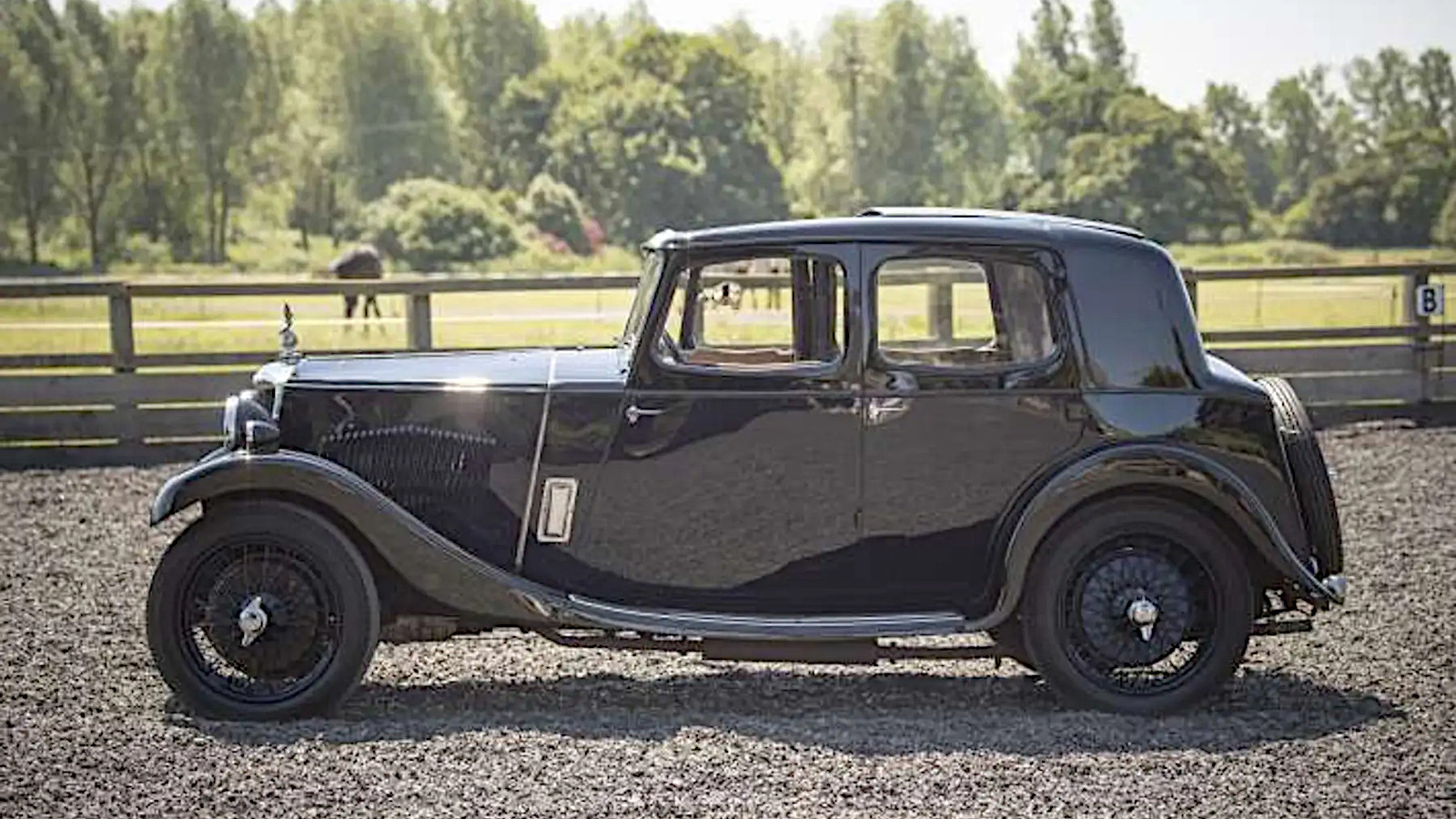 © The Market by Bonhams
© The Market by Bonhams -
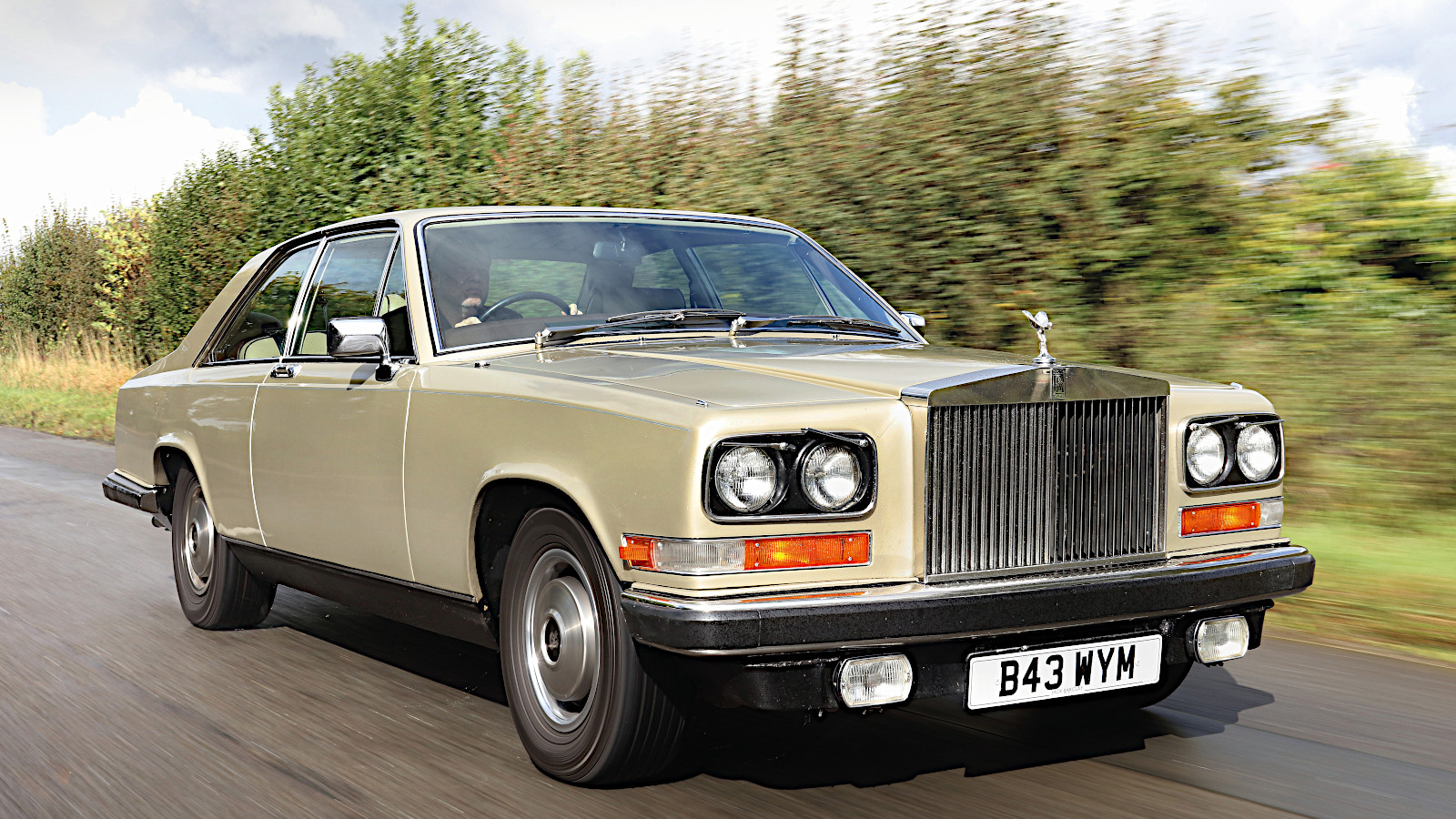 © James Mann/Classic & Sports Car
© James Mann/Classic & Sports Car -
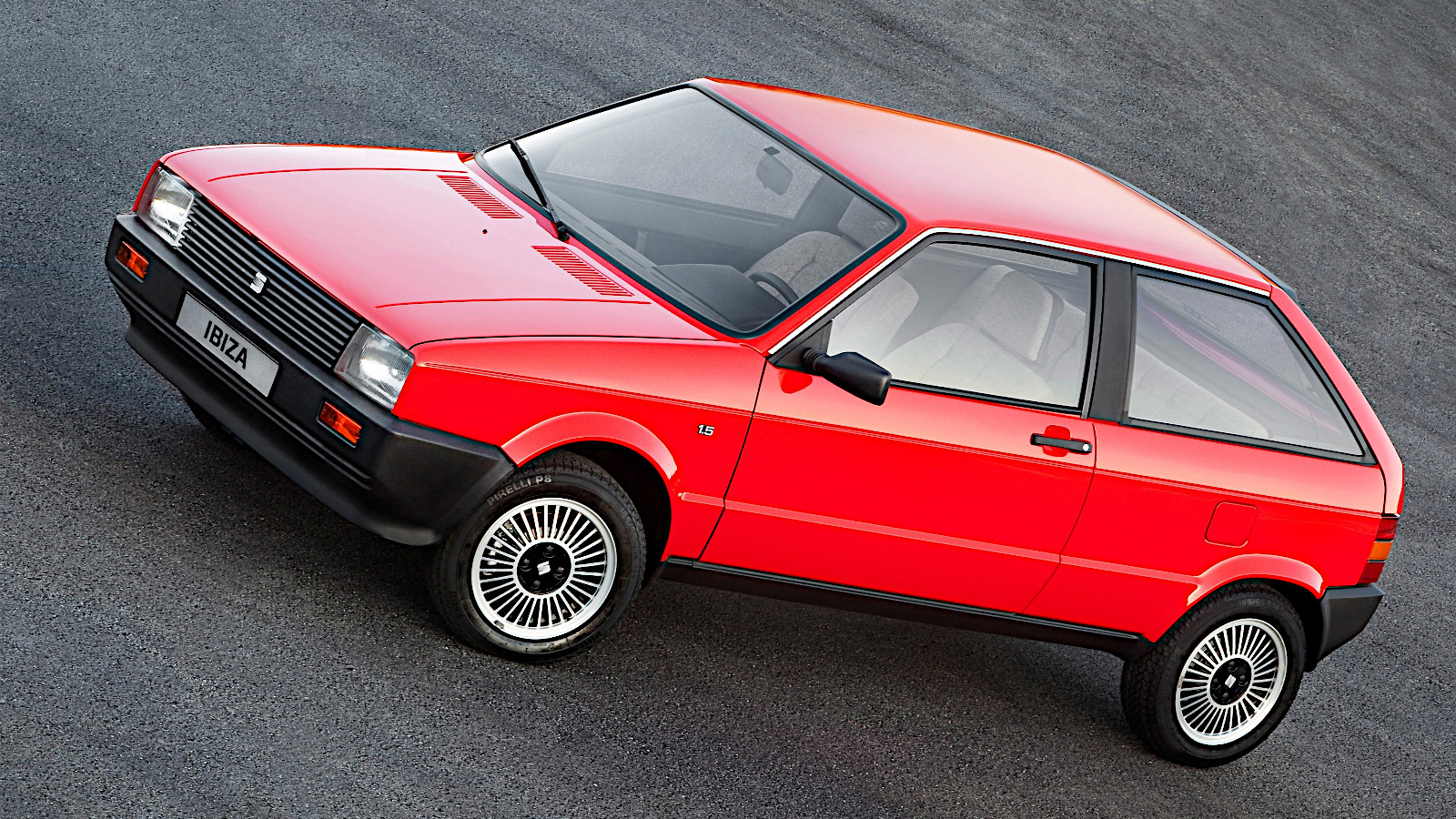 © Seat
© Seat -
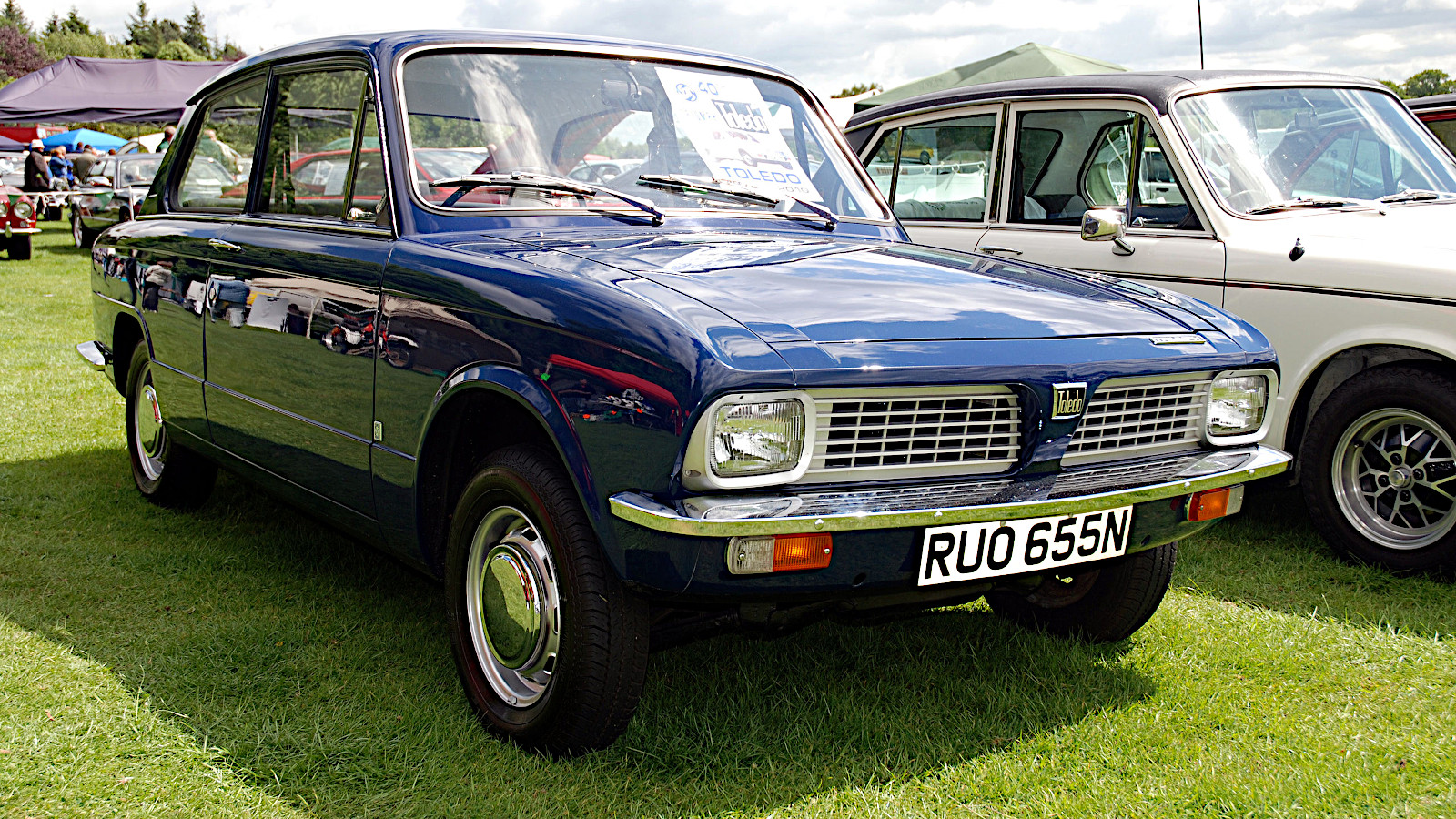 © Allen Watkin/Creative Commons licence https://creativecommons.org/licenses/by-sa/2.0/legalcode
© Allen Watkin/Creative Commons licence https://creativecommons.org/licenses/by-sa/2.0/legalcode
-
What’s in a name?
When you create a car company, or indeed a business of any kind, one of the first problems you face is what to call it.
This can be complicated and time-consuming (unless you take the easy route and name it after yourself), but at least you only have to do it once.
The problem is that every time you launch a new product, you have to name that, too. A combination of letters and numbers can work, but a more adventurous option is to name it after a place.
From a very wide range of examples, here are 25 times car makers did exactly that for models that went on sale up to the end of the 20th century, presented in alphabetical order.
-
1. Austin Westminster
After the Second World War, Austin frequently used UK place names for its cars.
Some of these covered large areas. Several Austins refer to whole English counties, for example Devon, Dorset and Hampshire.
The Austin Westminster, produced over several generations in the 1950s and ’60s, had a far more specific title.
It is derived from the City of Westminster, which is located wholly inside London, and includes Westminster Abbey, the Houses of Parliament and Buckingham Palace.
-
2. Bentley Mulsanne
Bentley’s association with the Le Mans 24-hour race dates back nearly a century. The British cars dominated the event in its early days, winning outright in 1924, 1927, 1928, 1929 and 1930.
It took half a century for this to be acknowledged in a Bentley model name. The original Mulsanne was essentially a rebadged Rolls-Royce Silver Spirit, though unlike that car it was available, if the customer was looking for extra performance, with a turbocharger.
Mulsanne is the name of both a corner on the Le Mans circuit and the previously 3.7-mile long straight approaching it (two chicanes were added in 1990).
Both are in turn named after the nearby small town of Mulsanne, which a driver might accidentally visit in the event of brake failure at the end of the straight.
-
3. Cadillac Calais
This relatively inexpensive Cadillac, produced from 1965 to 1976, was named after the French port of Calais.
There were two generations of the Calais, with a major change in the 1971 model year.
The second was among several Cadillacs fitted with an enormous 8.2-litre V8 engine, one of the largest ever put in a production car.
-
4. Cadillac Seville
Not to be confused with the Cadillac DeVille, which was a different thing entirely, the first Seville was a compact model (at least in comparison with other cars from the same brand) which went on sale in 1975.
Cadillac liked the name so much that it continued to use it for four subsequent vehicles all the way up to 2004.
Unless the marketing department was inspired by a village in Ohio, which we suspect is not the case, the name refers to the city of Seville in the Andalusia region of southern Spain.
-
5. Chevrolet Bel Air
Almost the only connection between the otherwise dramatically different Chevy Bel Air and Austin Westminster is that both were named after areas within cities.
Bel Air is part of Los Angeles, California, and was first used as the name of a Chevrolet in 1950.
Initially applied only to two-door hardtops, Bel Air later described a much wider range of vehicles. The seventh and final model went out of production in 1975.
-
6. Chevrolet Monte Carlo
Monte Carlo is an administrative area of the Principality of Monaco and have both been used as car names by several manufacturers.
Chevrolet first succumbed to the temptation in the 1970 model year, when it introduced its first ‘personal luxury car’ – a coupé with more emphasis on comfort than on performance.
The nameplate’s history extended as far forward as 2004, though there was a seven-year gap between the fourth and fifth generations.
-
7. Chrysler Saratoga
Chrysler first used the Saratoga name from 1939 until shortly after the US entered the Second World War, and then again at various periods up until 1995.
The last Saratogas were not sold in the US, but were modified and rebadged versions of the Dodge Spirit exported to Europe, where the Dodge brand was almost unknown.
There is a claim that they were named after Saratoga Springs in New York state, but there is a much smaller town called simply Saratoga only a few miles away.
To add to the confusion, there are other towns called Saratoga Springs in Utah and Nebraska, and Saratogas in California and Wyoming.
-
8. Chrysler Sebring
There have been three generations of Chrysler Sebring, though only the first was built and sold in the 20th century.
The name comes from the small city of Sebring in Florida, or more specifically from a famous race circuit a short drive to the west.
Sebring International Raceway is built on the land previously used for the Hendricks Army Airfield, which was operational in the early-to-mid 1940s. Competition began there in 1950, and it is still an important venue today.
-
9. Dodge Aspen
Aspen, Colorado, is best known today as a ski resort, but was created as a mining town during the silver boom of the 1880s.
Its name was used for the Dodge Aspen, manufactured briefly from 1976 alongside the almost identical Plymouth Volaré.
Regardless of what the dealers called it, it was not popular. Production was abandoned after the 1980 model year.
Once the public had had enough time to forget about that, the Chrysler Aspen (a luxury version of the Dodge Durango SUV) was introduced in 2007. This was less successful than the first model, and was removed from the market with even greater haste.
-
10. Dodge Dakota
The Dodge Dakota was a mid-sized pick-up truck launched in the 1987 model year and produced in three generations until 2011.
It was marketed latterly as a Ram, following the creation of this as a brand (rather than model) name in 2009.
Dakota can refer to one of several towns, cities and counties in the US, as well as two states and the former territory from which they were formed in 1889.
One or more of these are likely to have been the inspiration for this truck’s name, though we should note that Dakota is also a given name (as in the case of the actress Dakota Fanning) and that of a Native American tribe.
-
11. Ford Cortina
Manufactured from 1962 to 1980, the Cortina was named after Cortina d’Amprezzo in the north of Italy.
Cortina d’Amprezzo was the host city of the 1956 Winter Olympics, and will co-host (along with Milan) both that event and the Winter Paralympics in 2026.
In an alarming publicity stunt, Ford took several of the first-generation cars there and had them driven down the bobsleigh course by famous race and rally drivers of the time.
The chance of this being repeated in 2026 seems slim, but you never know.
-
12. Ford Torino
Although it’s known in English-speaking countries as Turin, Torino is the Italian name for the city which has as much importance to the motor industry in Italy as Detroit does to that of the US.
Ford used it from the late 1960s to the mid ’70s for three generations of car, the first of them a variant of the Ford Fairlane.
A more aerodynamic version of the original model called the Torino Talladega (pictured) was built in early 1969, in just enough numbers to allow it to be used for NASCAR racing.
The second part of its name refers to a well-known NASCAR venue, the Talladega Superspeedway, which is a few miles north of Talladega, Alabama. This car is therefore perhaps the only one ever to have been named after two different places nearly 4800 miles from each other.
-
13. GMC Yukon
For five generations, the GMC Yukon has been the companion vehicle of the Chevrolet Tahoe SUV.
The Yukon name came first, having been introduced in 1991. The equivalent Chevrolet was known as the Blazer until 1995.
The ‘real’ Yukon is the westernmost of Canada’s three territories (as opposed to provinces), and also the smallest, though there’s still quite a lot of it.
Although we’re not including bodies of water as ‘places’ for the purposes of this list, it’s worth mentioning here that the Chevrolet version of the same vehicle is named after Lake Tahoe, which is on both sides of the border between the US states of California and Nevada.
-
14. Lincoln Versailles
Ford’s luxury brand used the name of the Palace of Versailles just outside Paris for a luxury car of the late 1970s.
If you haven’t heard of it, that’s probably because it failed to challenge the far more successful Cadillac Seville.
Versailles was also the model name of two Ford-branded cars, one built by Simca (but marketed as a Ford in some countries), the other a badge-engineered Volkswagen Santana built in South America by the Autolatina joint venture.
-
15. Mazda Montrose
Towns on the east coast of Scotland are not usually used as inspiration for car names. If such things as an Austin Arbroath or a Subaru Stonehaven existed, we’re not aware of them.
There was, however, a Mazda Montrose. This was the second-generation Capella, known as the 626 in most export markets, but named after the town roughly halfway between Dundee and Aberdeen for British models.
Four decades after the car was discontinued, the reason for this has become unclear.
There’s a story that it has something to do with a successful Mazda dealership based in Montrose, but this appears to be untrue.
-
16. Mercedes-Benz Mannheim
Mercedes introduced three models named after German towns or cities in the 1920s.
In October 1928 it launched the stately eight-cylinder Nürburg, and a month later it revealed both a facelifted version of the entry-level 8/38hp which became known as the Stuttgart 200.
The last of the trio was the Mannheim, which made its debut in October 1929 and would become available with engines of up to 3.7 litres.
What Mercedes has since referred to as “this rather erratic model family” included short and long wheelbases, as well as a variety of body styles, some of them more successful than others. The last survivor was the Mannheim 370 pullman saloon, which remained in production until December 1934.
-
17. Mercury Montclair
Mercury, a division of Ford, used the Montclair name for three generations of car from 1955 to 1960 and two more from 1964 to 1968.
While there is some doubt as to where the name came from, the favoured candidate is the town of Montclair, which is close to New York city but actually located in the state of New Jersey.
There are also Montclairs in California, Indiana and North Carolina, and neighbourhoods of that name in Lexington, Kentucky and Quincy, Massachusetts.
However, these seem less likely as sources of inspiration, since during the nameplate’s lifetime there was a Ford factory in Mahwah which, liked the favoured candidate, is also in New Jersey.
-
18. Morris Oxford
Morris named cars after the city of Oxford for its entire history as an independent marque, and long after it became part of the British Motor Corporation in 1952.
The very first Morris, introduced in 1913, was an Oxford, though it was commonly referred to as the Bullnose. The name remained in use until 1971, when the Farina-designed saloon of that period was discontinued.
The Farina Oxford was one of many very similar cars wearing different badges. These included another model bearing the name of a British university city, the Austin Cambridge.
-
19. Pontiac Bonneville
Innumerable high-speed runs have been undertaken on the Bonneville Salt Flats in Utah, including all but one of the successful attempts on the outright Land Speed Record from 1935 (Sir Malcolm Campbell) to 1970 (Gary Gabelich).
Pontiac started using the Bonneville name in 1954, first for a concept car and later for a variant of the Star Chief.
Bonneville became a car model name in its own right in 1958 (one year before the introduction of the Triumph Bonneville motorcycle) – and remained so for 10 generations until 2005.
-
20. Pontiac Montana
Three MPVs produced by General Motors in the 1990s were essentially the same vehicle with different badges.
While Chevrolet called its version the Lumina APV and Oldsmobile went for Silhouette, Pontiac used Trans Sport for the range as a whole, and named one trim level after the state of Montana.
For the 1999 model year, Pontiac changed its strategy and made Montana the model name.
Montanans might not have appreciated this, since the vehicle was by now notorious for its poor safety. The matter was addressed during development of the second-generation Montana, which made its debut in the 2005 model year.
-
21. Renault Floride
Although to a speaker of English it looks like it means ‘fluoride’, ‘floride’ is in fact the French word for the US state of Florida.
During a meeting held there in the late 1950s, Renault was advised to produce a convertible sports car, on the grounds that it would sell well in North America.
The resulting model, based on the Dauphine, was called Floride in most markets, but Caravelle in the UK and, ironically, the US, where it was believed that residents of the other 49 states would be unlikely to buy a car named after one they didn’t live in.
Caravelle became the official name everywhere when the sporty Renault was revised in 1963.
-
22. Riley Monaco
Since we’ve already covered a Chevrolet named after Monte Carlo, it seems fair to include another car named after the principality in which it is located.
The Riley Nine, manufactured from 1926 to 1938, was available with a wide choice of bodies.
In the case of the first Monaco variant, this was made of fabric, but Riley chose metal for the second and third. The name was dropped in 1937.
Riley Nines of other shapes were named after Biarritz in France and San Remo in Italy.
-
23. Rolls-Royce Camargue
Since its founding in 1904, Rolls-Royce has hardly ever named a car after a place.
The only indisputable exception was the Camargue of 1975-1986, which shares its title with a region in southern France noted for its horses, birdlife and distinctive culture.
During the production life of the Camargue, Rolls-Royce also manufactured the Corniche.
Several cities around the world have promenades called corniche, but in this case the reference is probably to the French word for a mountain road.
-
24. Seat Ibiza
In sharp contrast to Rolls-Royce, Seat has a long-established policy of using place names for its models, at least since it became part of the Volkswagen Group in 1982.
The first example still on sale today was the Ibiza, which was launched in first-generation form in 1984 and shortly afterwards became the first of the Spanish manufacturer’s products to be sold in the UK.
The Ibiza was preceded by a version of the Fiat Ritmo named after Ronda in southern Spain, though none of today’s Seats are called that.
A similar strategy has resulted in cars named after, among others, Málaga, Córdoba, León and the palace of Alhambra in Andalusia.
-
25. Triumph Toledo
Another place name used by Seat, starting in 1991, was Toledo, but in this case the Spanish company didn’t get there first.
Triumph introduced its own Toledo 21 years earlier. This small and slightly anachronistic rear-wheel-drive saloon was replaced in 1976 by the 1.3-litre version of the Dolomite, whose name (like that of a pre-war model) referred to a mountain range in northern Italy.
By the time the Seat Toledo came along, Triumph’s version had been out of production for 15 years, and the Triumph brand as a whole had been dormant for seven, so there was no question of confusing one car with the other.
